|
One of my all-time favorite movie scenes is from Karate Kid, when after spending countless hours doing “chores” for Mr. Miyagi, Daniel complains one night that he’s been Mr. Miyagi’s “slave” and hasn’t done any karate training to prepare for the All-Valley Karate Tournament. What follows is a profound reminder that EVERYTHING he’s been doing is karate training. (and gotta love Mr. Miyagi’s on-the-spot shoulder joint manipulation haha!) So what’s the point of sharing this clip, besides an excuse for me to watch some Karate Kid? Everything we do in training has a reason. Quite often that reason connects to important aspects of our life. In athletics, each exercise helps condition the body in some way to improve sport performance. But for daily life, exercise selection can also have far reaching benefits.
Hinge patterns are important for many reasons, but the ability to pick up objects from the ground is a practical one. Many students and patients have regained and even improved their abilities in this area simply by learning proper mechanics. We can take the hinge and turn it into a powerful conditioning exercise with kettlebell swings, or we can simply use the hinge as a teaching and rehabilitation tool. Remember, it’s not just about the exercise, it’s about what the exercise EMPOWERS you to do.
1 Comment
Exercise can be life saving. And I do mean that literally. Falls are one of the leading cause of accidental deaths worldwide. In the United States, a high percentage of accidents occur in domestic environments that we would typically consider "safe" (as compared to developing countries where many falls result from hazardous conditions). Fortunately, especially in safe environments, falls are preventable and fall recovery is TRAINABLE. Though there is plenty of discourse about fall prevention, there is less talk about fall recovery. I'd like to work backward here and start with the recovery piece because it can also have a profound effect on the prevention piece. The first key, and perhaps most important, is a mindset shift. Conventional thinking has us believe that loss of strength, mobility and function is inevitable with aging. While certain physiological changes are undeniable, we DO have the power to mitigate the effects via intelligent and consistent physical training. Believing that you can remain strong, mobile and functional indefinitely is the foundation. It is true that "Father Time is undefeated," we don't have to let him win so quickly.... Even outside the context of falls, we should also be reminded that the ability to rise from the floor is closely linked to general health. A famous recent study in the European Journal of Preventive Cardiology (de Brito 2012) found in a sample of 51-80 year olds that the ability to sit and rise from the floor was a significant predictor of all-cause mortality. In that study they used a hands-free rise as their assessment, but the general concept should apply universally. So how to we use exercise to train fall recovery? One way is through variations of the Get Up. The variation which I will cover here is the Czech/Baby Getup (named as it replicates the developmental sequence that babies follow from 2 months through 12 months). This a great way to systematically build the strength and confidence to rise from the floor. Typically, if someone struggles with the movement, there may be one or two stages that hold them back. But because we can break down the total movement into stages, that person can fast track themselves to success. To show how the Get Up can transfer meaningfully into the real-world skill of recovering from a fall, I have placed several key stages of the Get Up beside key stages of a person successfully recovering from a fall in the home (note: this was only a simulated fall demonstrated by an occupational therapist, not an actual fall. You can find the complete video here). As you look through these images, pay attention to the similarities in alignment and support, particularly how we rely on skeletal structure for foundation. I hear many people say "oh I'm not strong enough to get off the floor," but strength is rarely the primary limitation. Instead, if you know what positions to seek on the ground, the strength demands are achievable by most people. The first step above is getting yourself "organized." In the Getup we use a "90-90" position representing 3-6 months as our base. After a fall, the key is to get yourself into a position where you are prepared to move to a more advanced stage. Next we move into a position based on 5month sidelying. In the prior stage we had our entire backside for support. Now we have progressed to lateral support, though you should still have adequate stability to allow transition to the next stage... The 7 month low oblique sit is a transitional movement that begins to create separation from the ground. Instead of lying entirely on your side, you transition to low support on your bottom elbow. As noted above, this is more a test of knowing how to position yourself rather than a test of raw strength. In "real life", rather than holding a kettlebell in your top arm, you can use that arm to help prop yourself up. If you can accomplish this transition while training with a kettlebell then doing it "for real" is entirely in your ability! In the 8 month high oblique sit, we have transferred support from the elbow to a straight arm, but the overall concept is the same. Now, the left photo is actually about a half step in advance (having begun a transition into crawling), but that's mainly because her right arm is free to add support to her left arm (and she also knows her next move is to initiate crawling). The main key here is that transition from the elbow to the outstretched arm, training it in the gym with single arm support, but also knowing that you'll likely have both arms to help ina . real scenario. I've zoomed in slightly with this one because I want the focus to be on the legs, which are now organized into a forward crawling pattern on the left and a slightly advanced tripod position on the right. Without holding a weight you could certainly transition directly from sidelying into crawling, but with the weight in hand you are driven toward a more uprighting direction rather than horizontal travel as in a crawl. We are almost there! Now it is time to stand up. In a domestic environment, once you have crawled toward a piece of furniture to help prop yourself up, use your arms for support and propulsion and just stand up with your legs. The kettlebell variation involves the same pattern but without the arms to help. However, one subtle move that is key for the kettlebell Getup and that would make standing up easier at home is to flex that back foot so it can provide a little extra drive. You should be able to move to higher ground without it, but know that it is there if you are struggling. And now we're safe! One you get up to the couch at home, you can gather yourself and assess your body and call for help if you need any injuries attended to. In the gym however, we can finish off the sequence with a little overhead squat. Either way, the we've reached our objective, though in the gym we're going to reverse the move to complete the rep.
CONCLUSION Hopefully this explanation adds clarity as to WHY the Getup is such a powerful set of skills to own. Yes, there are MANY ways to teach recovering from a fall and many critical skills to help prevent a fall, but we find the Getup (especially this version) to offer a well organized teaching and treatment template. Even if this is not something you personally struggle with, chances are someone close to you may benefit from improved function in this area. Additionally, although I started this discussion with a gloomy backdrop of fatal falls, also consider the positives that can result from maintaining the ability to rise from the floor. How often do we hear people lament the inability to play with their grandkids on the floor? Too often people accept this loss of function as inevitable and permanent, which is unfortunate, because these skills can be cultivated when progressed safely. Think of all the enrichment it would add to your life and your family's life when you not only maintain your mobility but even expand it! If you need any guidance in this area, whether for personal training or physical therapy, please reach out to us here or visit us in person at GRITfit, Inc. at 7980 N. Oracle Rd.; Suite 110, in Oro Valley, Arizona. A sore shoulder (or shoulders!) does not mean you have to stop overhead work altogether. In fact, you can view it as an opportunity to get strong in other areas. Here are five ways to work around shoulder pain using kettlebells and make your shoulders stronger and safer than they were initially!
These are just five choices, but there are surely many more. If you need any help treating sore shoulders or guidance in selecting appropriate exercises, give us a call/text at 520-306-8093 or reach out to us through the website! |
AuthorAllan Phillips, PT, DPT is owner of Ventana Physiotherapy Archives
December 2023
Categories
All
|
2951 N. Swan Rd.
Suite 101, inside Bodywork at Onyx
Tucson, Arizona 85712
Call or Text: (520) 306-8093
[email protected]
Terms of Service (here)
Privacy Policy (here)
Medical disclaimer: All information on this website is intended for instruction and informational purposes only. The authors are not responsible for any harm or injury that may result. Significant injury risk is possible if you do not follow due diligence and seek suitable professional advice about your injury. No guarantees of specific results are expressly made or implied on this website.
Privacy Policy (here)
Medical disclaimer: All information on this website is intended for instruction and informational purposes only. The authors are not responsible for any harm or injury that may result. Significant injury risk is possible if you do not follow due diligence and seek suitable professional advice about your injury. No guarantees of specific results are expressly made or implied on this website.
Proudly powered by Weebly

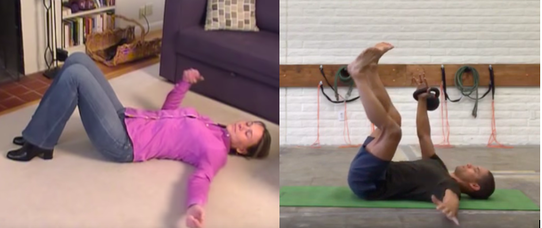
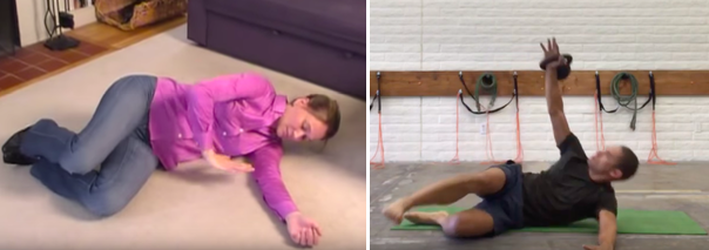
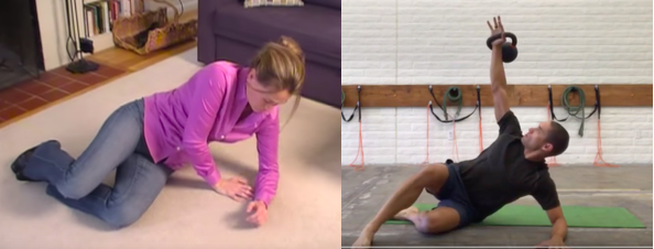
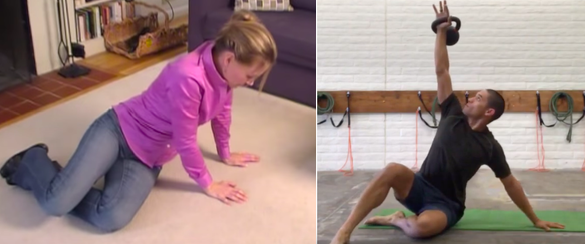
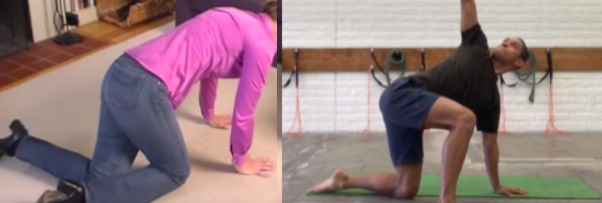
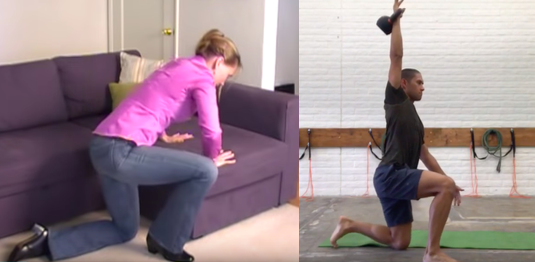
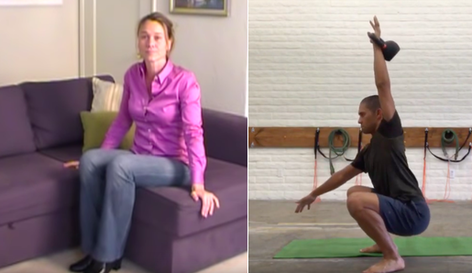
 RSS Feed
RSS Feed